Kedarnath is one of the most revered pilgrimage destinations in India, nestled in the majestic Himalayas in Uttarakhand. The Kedarnath Temple, dedicated to Lord Shiva, attracts thousands of devotees each year who embark on the Kedarnath Yatra. Known for its breathtaking beauty, spiritual significance, and challenging trek, Kedarnath continues to hold a special place in the hearts of people across the country and the world.
This blog will explore the history, significance, trekking experiences, temple details, and the tourism impact of Kedarnath, along with practical tips for travelers planning to visit this divine destination.
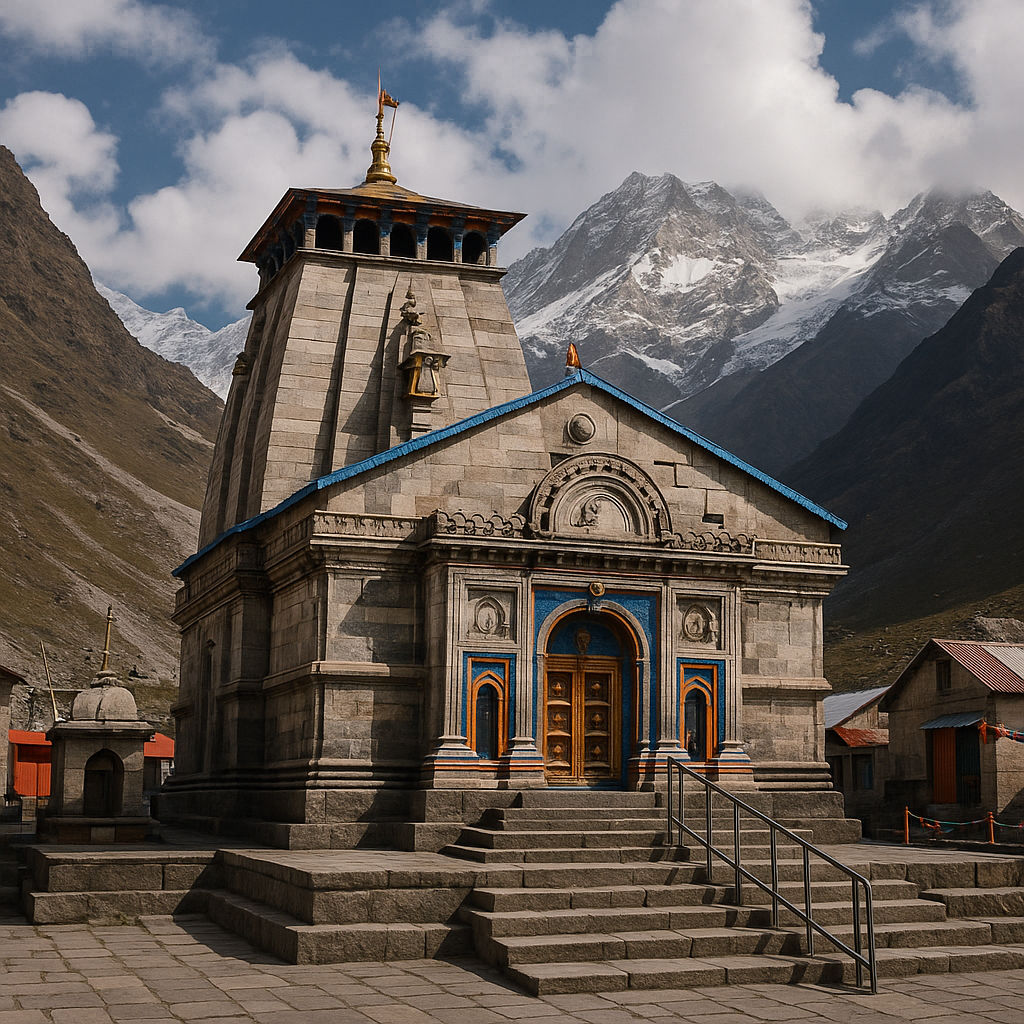
1. The Spiritual Significance of Kedarnath
Kedarnath is part of the Char Dham pilgrimage circuit, which also includes Yamunotri, Gangotri, and Badrinath. Kedarnath holds particular importance for devotees of Lord Shiva. According to Hindu mythology, the Pandavas, the heroes of the Mahabharata, are believed to have visited Kedarnath to seek Lord Shiva’s blessings. The temple’s history and its role in the lives of millions of devotees make it an essential pilgrimage site.
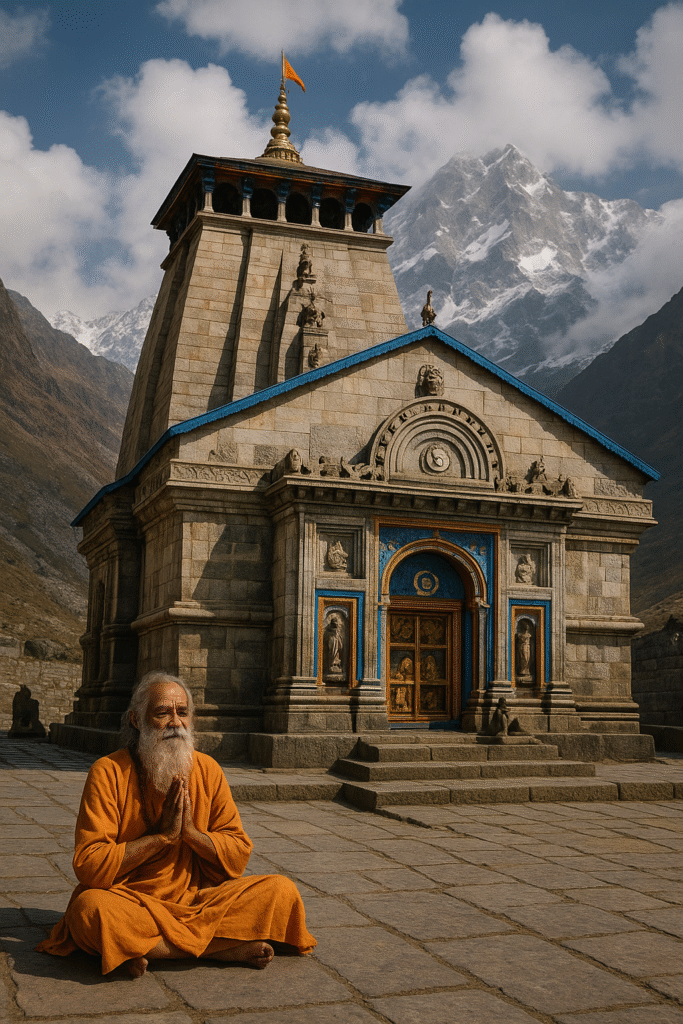
History of the Kedarnath Temple
The Kedarnath Temple is thought to have been originally built by Pandavas and later renovated by Adi Shankaracharya in the 8th century. The temple is located at an elevation of 3,583 meters (11,755 feet), surrounded by snow-capped mountains, making it one of the highest Jyotirlingas of Lord Shiva.
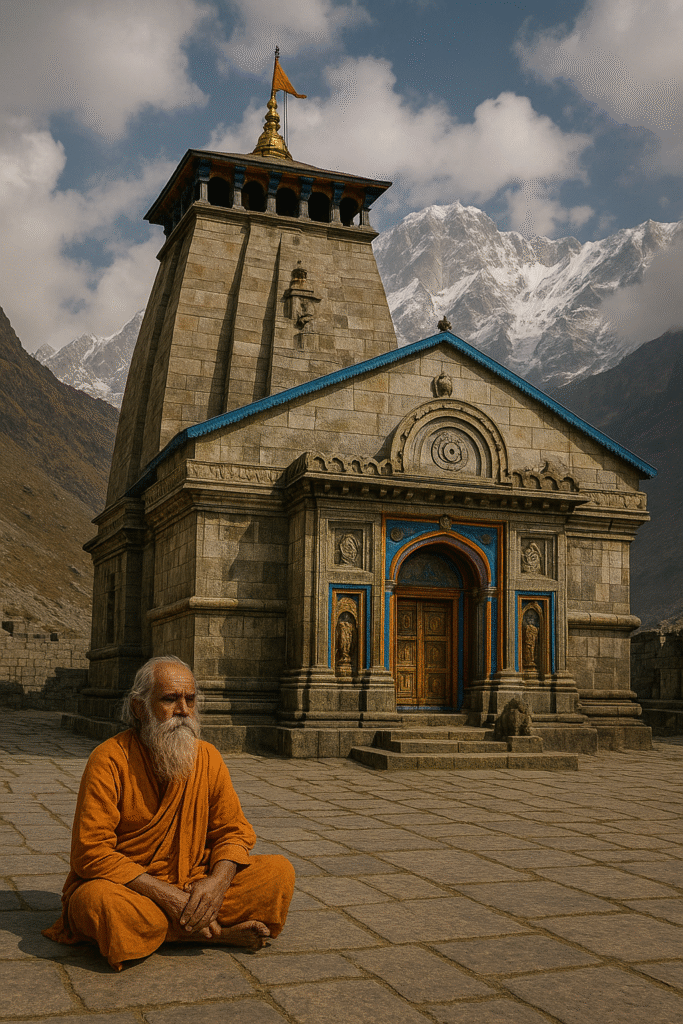
2. Kedarnath Trek: A Pilgrim’s Journey
Reaching Kedarnath is no small feat. The temple is accessible by a challenging trek that spans approximately 16 kilometers (9.9 miles) from Gaurikund to Kedarnath. The trek offers trekkers an unparalleled experience, with majestic views of the Himalayan range and lush green valleys.
Trekking the Kedarnath Route
The trek begins at Gaurikund, which is accessible by road from Sonprayag. The path to Kedarnath is steep but rewarding, and pilgrims typically take one full day to complete the trek, though many prefer to break it into two days. Along the way, visitors can take in the scenic beauty of the mountains, rivers, and forests.
For those who are unable to trek due to health or physical constraints, helicopter services are available from Gaurikund to Kedarnath, providing a quicker and less strenuous option for pilgrims and tourists.
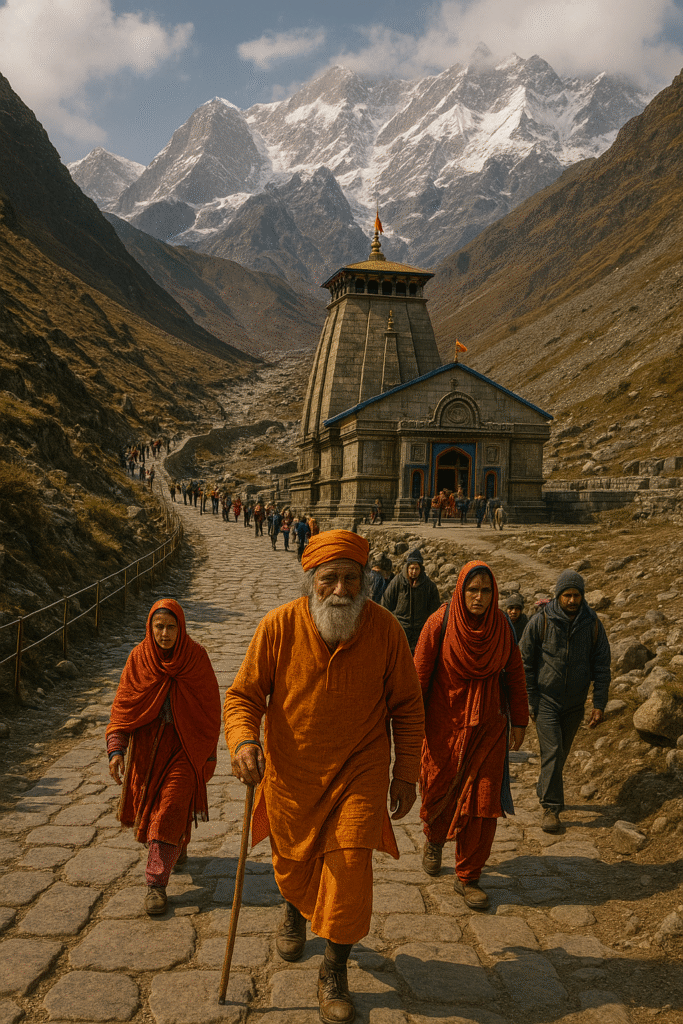
Trekking Challenges
Though the trek is spiritual and beautiful, it can be quite demanding due to its altitude and rugged terrain. Many pilgrims face difficulties with the altitude, and the weather can be unpredictable, especially in the monsoon months. It’s important to come prepared with the right gear and to consult health professionals if needed.
3. The Kedarnath Temple Experience
Once you reach the top of the trek, the Kedarnath Temple itself is an awe-inspiring sight. The temple’s structure, carved from stone, stands in stark contrast to the snow-covered peaks around it. Inside the temple, devotees can offer prayers to the Shiva Lingam, the idol of Lord Shiva, which is believed to hold miraculous powers.
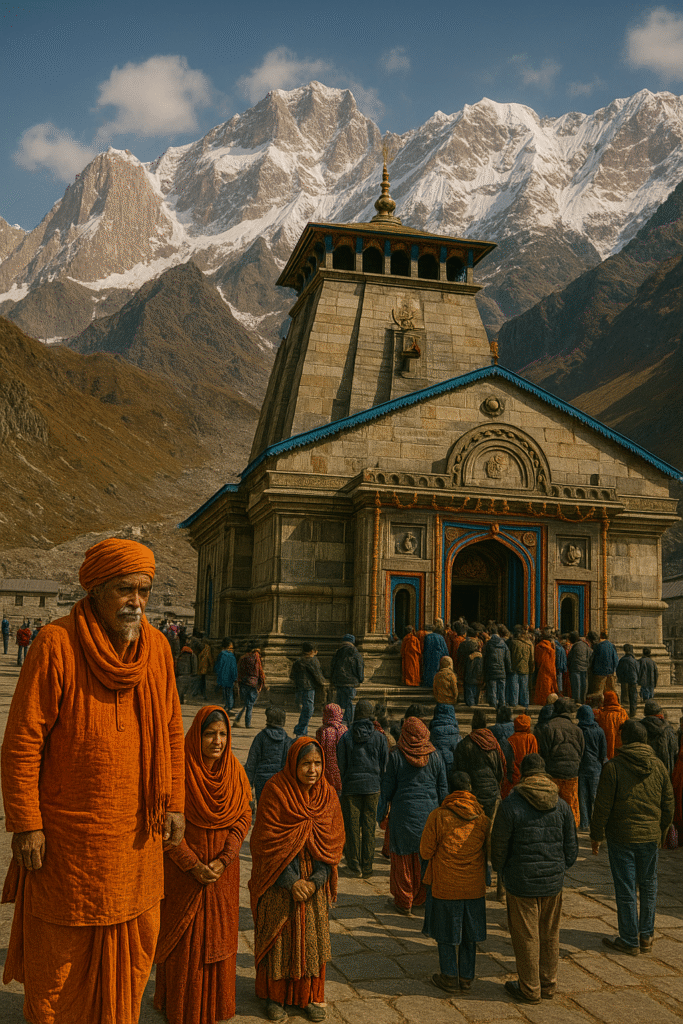
Key Temple Features:
- Shiva Lingam: The deity is believed to be self-manifested, a natural stone symbolizing Lord Shiva.
- Adi Shankaracharya’s Shrine: The temple also houses a small shrine dedicated to Adi Shankaracharya, the philosopher who helped revive Hinduism in India.
- Breathtaking Views: From the temple complex, visitors can enjoy stunning views of the surrounding snow-clad mountains and the Mandakini River flowing below.

4. Tourism Impact and Challenges
Kedarnath is not just a pilgrimage site; it also attracts tourists from around the world, especially those interested in trekking and the natural beauty of the region. The tourism here has a significant impact on the local economy, as visitors spend on accommodation, food, and services, especially during the pilgrimage season.
However, tourism in Kedarnath also brings about several challenges:
- Environmental Impact: The region has faced concerns about ecological degradation, especially following the 2013 floods that devastated Kedarnath. Efforts to restore the area are ongoing, but the region is still prone to natural disasters.
- Infrastructure Strain: With the increasing number of pilgrims and tourists, there’s strain on local infrastructure, including transportation, water, and sanitation.
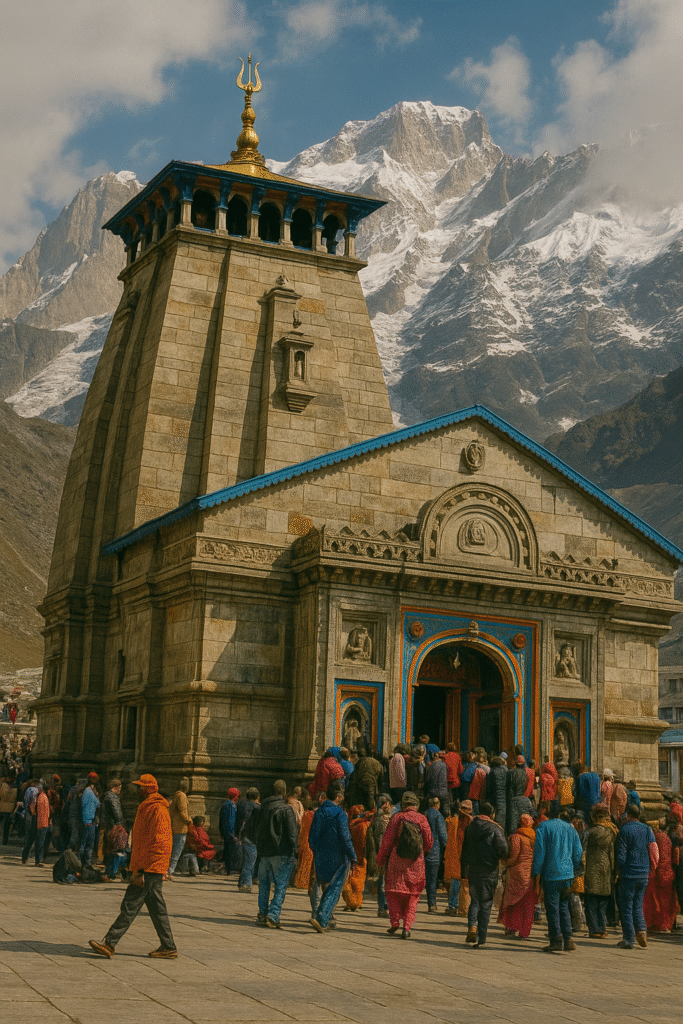
5. Kedarnath in 2025: A Safe Destination for Pilgrims and Tourists
After the devastating floods in 2013, the Indian government and the Uttarakhand government have made extensive efforts to rebuild and strengthen the region’s infrastructure. Today, Kedarnath is far safer, with improved roads, modernized helicopter services, and better facilities for tourists.
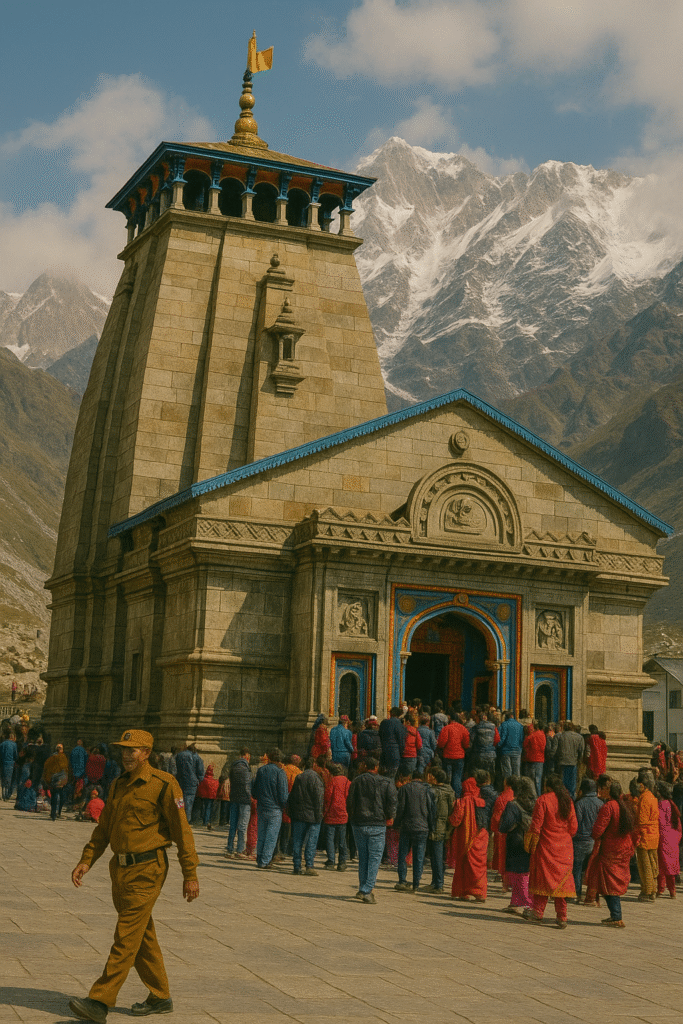
Safety and Preparation
Despite the improvements, it’s important for visitors to stay updated on weather conditions and safety guidelines. The temple complex is open from May to November, and during the winter months, it is closed due to heavy snowfall. Pilgrims should check official websites, such as Badrinath-Kedarnath Website, for the latest updates before planning their visit.
6. Emotional Connection: The Loss of Kedarnath Helicopter Tragedy
On a somber note, the tragic crash of a helicopter heading to Kedarnath in June 2025, which claimed the lives of five passengers, reminded the world of the inherent risks of the region. The crash occurred between Gaurikund and Sonprayag, areas that are frequented by pilgrims traveling to the Kedarnath Temple. These incidents have sparked renewed calls for better air travel safety measures, especially given the high demand for helicopter services (NDTV).
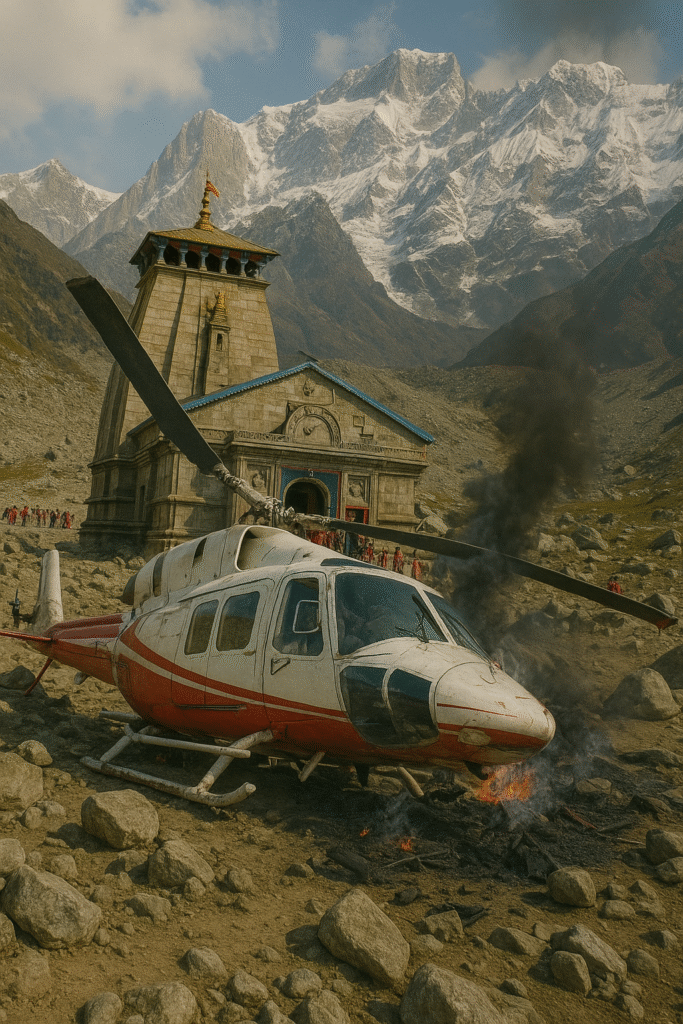
7. Kedarnath’s Future: Preservation and Sustainability
With the increasing number of visitors each year, the future of Kedarnath as a pilgrimage site depends on sustainable tourism practices. Authorities have focused on preserving the environment, improving infrastructure, and ensuring the safety of pilgrims while still accommodating the rising demand.
🔗 External Links for Further Research
NDTV: Kedarnath Helicopter Crash Incident
Official Kedarnath Tourism Website – Uttarakhand Tourism
Badrinath-Kedarnath Government Portal
📰 Breaking News: The Lifeblood of Journalism in the Digital Age